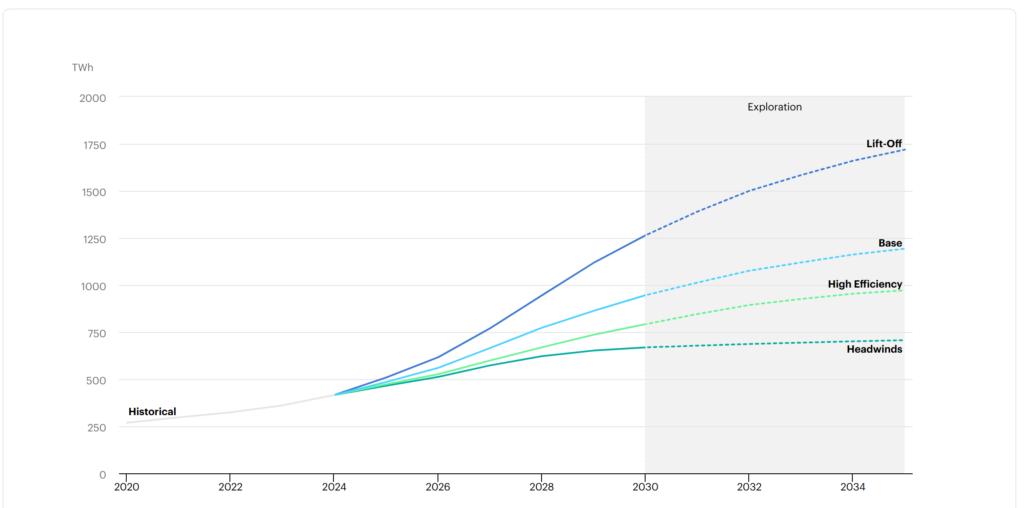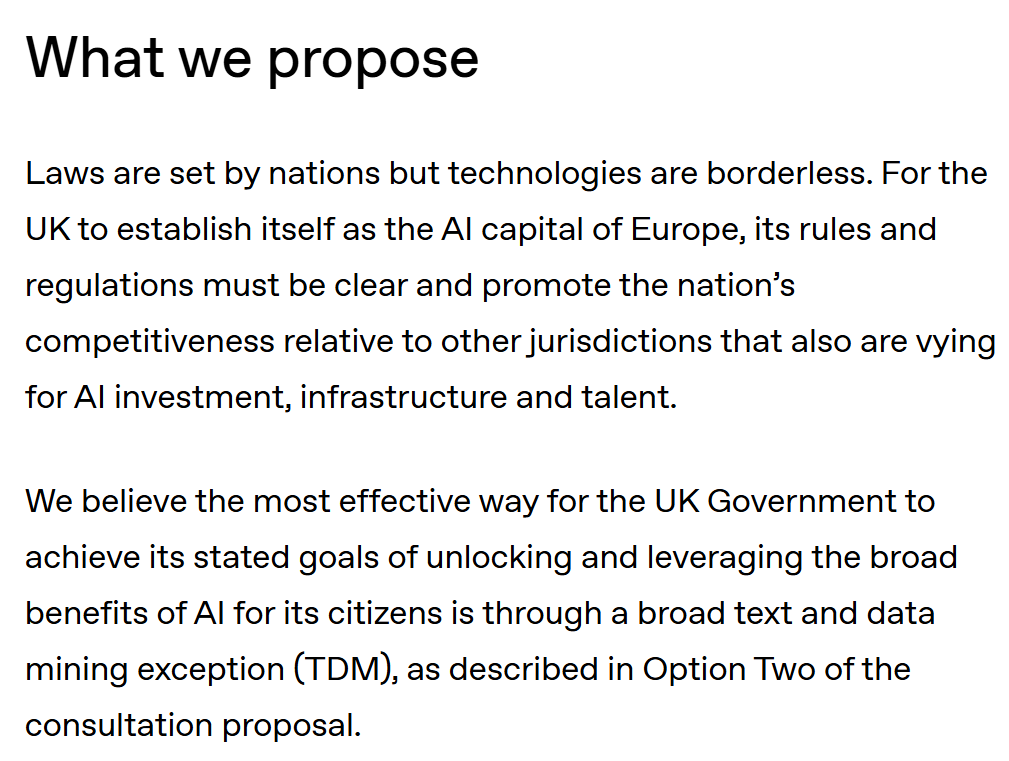OpenAI has rolled out a major update to ChatGPT’s memory feature that allows the AI to remember everything from your past conversations.
The new feature, announced on X by OpenAI and CEO Sam Altman, enables the chatbot to automatically reference all your previous interactions to deliver more personalized responses without requiring you to repeat information.
we have greatly improved memory in chatgpt–it can now reference all your past conversations!
this is a surprisingly great feature imo, and it points at something we are excited about: ai systems that get to know you over your life, and become extremely useful and personalized.
— Sam Altman (@sama) April 10, 2025
Previously, ChatGPT’s memory had to be manually toggled on for specific pieces of information you wanted it to remember. The update expands this function in two key ways:
- Saved memories: Details you’ve explicitly asked ChatGPT to remember
- Chat history: Insights the AI automatically gathers from all your past conversations
This means ChatGPT can now recall your preferences, interests, recurring topics, and even stylistic choices without being prompted.
For example, if you’ve mentioned being a rock music fan or preferring short, bullet-pointed answers in previous chats, ChatGPT should remember.
“New conversations naturally build upon what it already knows about you, making interactions feel smoother and uniquely tailored to you,” OpenAI stated in its announcement.
Privacy controls remain available
No surprises, not everyone wants ChatGPT to know or remember more about them than it already might.
With ChatGPT hoarding a comprehensive record of every conversation you’ve had with it, some of which will inevitably include sensitive info on you, the company you work for, etc, you’re putting a lot of trust in OpenAI’s ability (and willingness) to keep that info under lock and key.
In the age of data leaks and targeted ads, that’s a leap some may not be ready to take.
Right now, you can opt out of Memory. Altman said: “You can of course opt out of this, or memory all together. and you can use temporary chat if you want to have a conversation that won’t use or affect memory.”
The temporary chat will be useful – ChatGPT’s previous memory feature used to get so clogged up that it wouldn’t work properly.
The enhanced memory feature is currently available to ChatGPT Pro subscribers on the mega-costly $200/month tier and will soon roll out to Plus users.
There are exceptions to the roll-out. Altman posted on X “(Except users in the EEA, UK, Switzerland, Norway, Iceland, and Liechtenstein. Call me, Liechtenstein, let’s work this out!)”
As exciting as ChatGPT’s newfound ability to remember everything we’ve ever told it may be, recent studies suggest that this level of AI personalization could come with serious risks.
A pair of studies from OpenAI and MIT Media Lab found that frequent, sustained use of ChatGPT may be linked to higher levels of loneliness and emotional dependence among its most loyal users.
The research, which included a randomized controlled trial and an analysis of nearly 40 million ChatGPT interactions, revealed that “power users” who engaged in personal conversations with the chatbot were more likely to view it as a friend and experience greater loneliness compared to those who used it less frequently.
A great feature to some. Another slip towards a Black Mirror episode for others.
The post ChatGPT now remembers everything you’ve ever told it – Here’s what you need to know appeared first on DailyAI.

 >> Action Figure
>> Action Figure  >> Video
>> Video 







